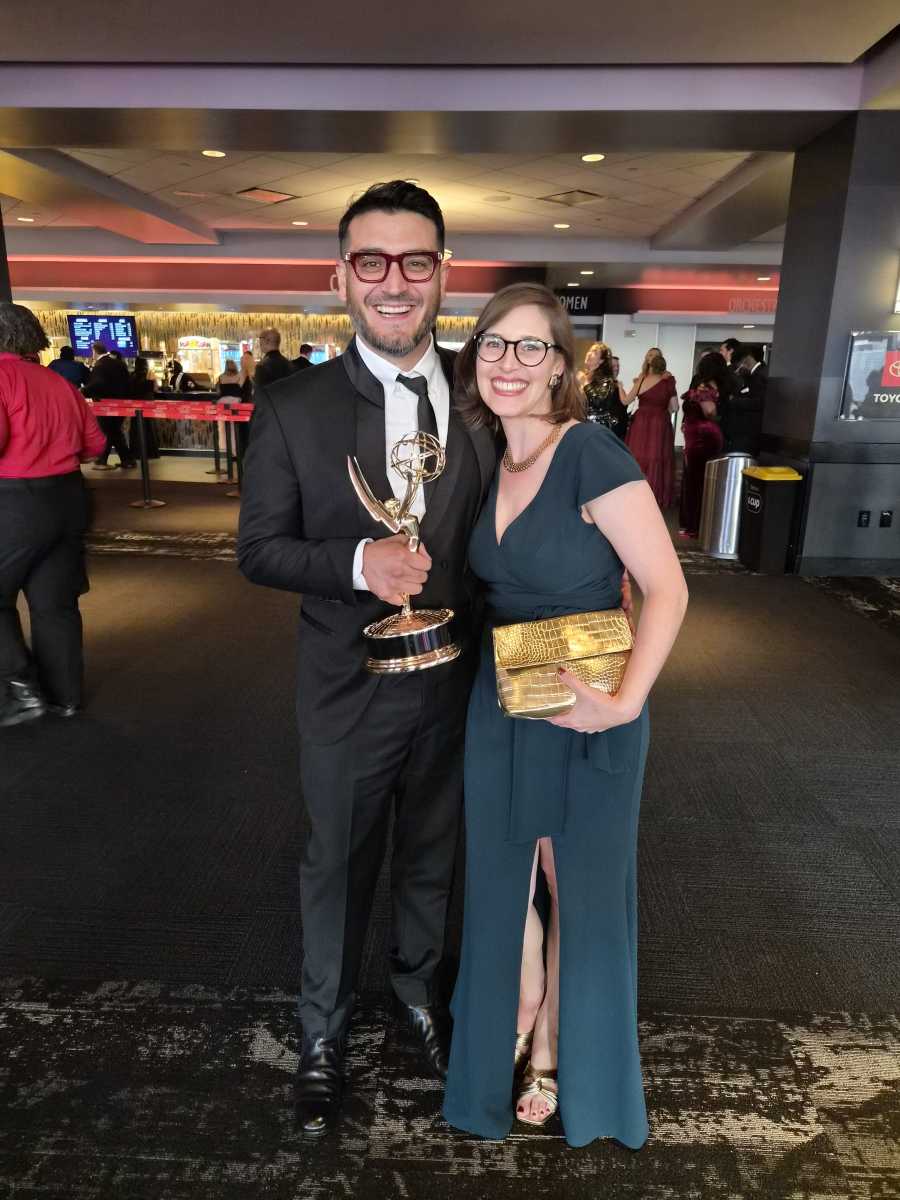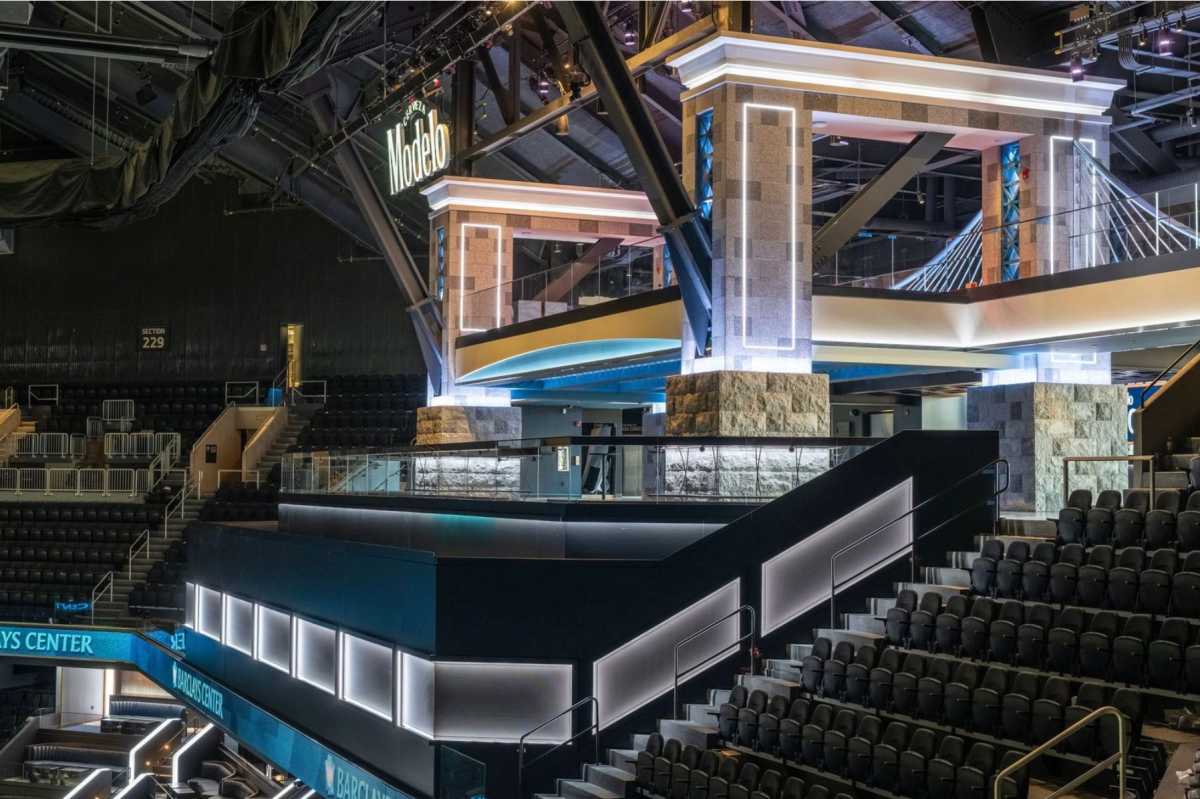By Steven Snyder
“Liberty Street: Alive At Ground Zero”
A documentary directed by Peter Josyph
Thursday, January 12 through January 18 at Two Boots Pioneer Theater
155 East 3rd Street between Aves. A and B
(212-591-0434, www.twoboots.com/pioneer)
Lost Medallion Productions
Considering how much 9/11 changed the world — one only needs to turn to the recent headlines concerning domestic spying programs or the surging American death toll in Iraq, now over 2,170, for a refresher — it still remains a subject somehow beyond our comprehension.
We see it, but we don’t really see. In books, periodicals and on television screens, we relive the experience minute by minute, hoping to understand an event, which, by its very nature, we can’t hope to process.
What was it like to be in the buildings?
The planes?
What separated those who lived from those who died, just minutes or feet apart?
Next weekend, only months before Hollywood takes a crack at recreating that infamous day with “Flight 93,” a local filmmaker considers the attacks and their aftermath with a perspective that has never before been captured on film.
Even larger in scope than those two frantic, fiery hours on that crisp Tuesday morning is the four-year journey of grief, resolve, endurance and hope that overwhelms Lower Manhattan to this day. This is precisely the story that interests director Peter Josyph, and his “Liberty Street: Alive At Ground Zero” is the first documentary to capture the disturbing normalcy that unfolded in the months and years after the most widely viewed disaster in American history.
Part guerilla expose, part historical recreation, the recurring theme of “Liberty Street” is one of revitalization. In a stirring montage halfway through the film, Josyph takes us on a tour of the new New York, integrating footage of the WTC site into the traditional images of the island’s bridges, delis and street corners. After all, for us who live here, the gaping hole at Ground Zero, as well as the memories and the sense of loss, have become part of our way of life.
The film opens to a grim sight at 114 Liberty Street, the residential building that somehow survived the destruction and serves as the center of the documentary. Looking out through a window on the ground floor, we watch as debris is sorted and, by virtue of Josyph’s camera, documented. There’s burnt paper with red stains; a child’s cup; a lining from a WTC window; a thick layer of ash. In one of the film’s many title cards, which Josyph uses in lieu of any formal narration, he captures the ever-present dread of the city in a powerful yet understated way: “Most of the dead are in the toxic dust.”
Moving forward, Josyph jumps between three major themes. The first is a recreation of that awful day, brought to life through the home movies of one of the residents of 114 Liberty, Mark Wainger. These never-before-seen shots, turned away from the chaos towards an average city street, are almost as arresting as the footage of the towers themselves, for it puts this tragedy into a believable, manageable context. The lack of narration throughout the film is equally arresting. Those paper-strewn, deserted streets say all that needs to be said.
Josyph then focuses on the immediate aftermath, not only at the site but in the way it affected everyday life across the city. Both in interviews and from afar, we get a feeling for the challenges that confronted the men and women who spent weeks and months sorting through the detritus. From the tenants at 114 Liberty, we hear how surreal it was to watch these horrific events from the safety of their homes. And later, as Donavin Gratz, a contractor, walks through the building to gauge the needed repairs, we see the dust and debris that has crashed through the building’s windows, leaving the structure intact but the interiors ravaged. We then travel away from the site to the nearby residences in the financial district and even the city piers where fragments of the buildings are gradually removed. In a surprisingly simple yet effective metaphor for post-9/11 New York, Josyph goes to the World Trade Center subway stop and captures the eeriness of the abandoned platform and the painted over “World Trade Center” sign, whose words still emerge from the black background.
Josyph also gives us front row seats to signs of progress, as a disaster area is cleared and the possibility of life-after becomes reality. We see the wreckage removed from the site via bulldozer, truck and barge, until the final artifact is hauled away. Across the street, at 114 Liberty, we see the gradual cleanup of the contaminated debris inside, and even the installation of new windows as the project nears completion.
“Liberty Street” is a moving experience because it balances all of these themes and stands apart not so much as a 9/11 film, but as a post-9/11 film. It’s the story of what happened after the big story; a day-to-day journal of the endless resolve and commitment that emerged from the dust. In some sense, Josyph has brought the big picture down to street level, and turned our attention to everyday people climbing a seemingly-endless mountain of obstacles, unfazed and undaunted.
In the film’s most remarkable sequence, a man looks through the final listing of victim’s photos in the New York Times, matching some of the printed faces to the names printed on business cards he’s holding. He then compares those names and faces to other business cards — cards from survivors.
For this man — and many others — Sept. 11 is about more than death tolls, war cries and news footage. It’s about the people he knew who died where he lives, a city of 8 million people whose landscape has forever been changed.
“Liberty Street,” for the first time, grounds 9/11 in a sense of the place and the lives it left intact, despite the irrevocable damage. After all these years, it allows us to see the tragedy in a way we never have before.
WWW Downtown Express

































